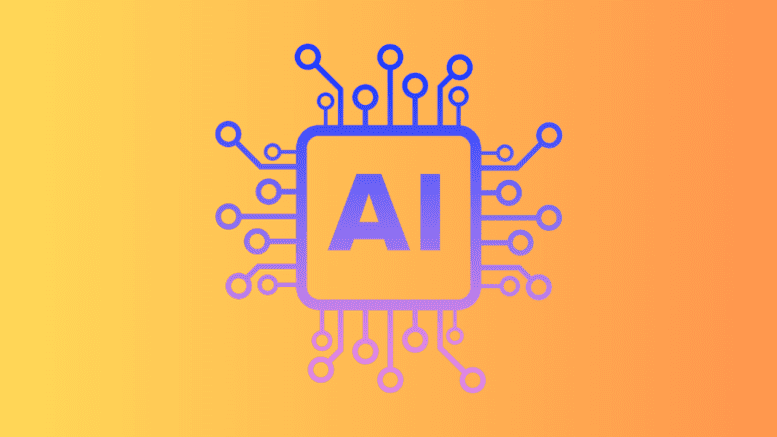[This article is by Brianna DaCosta, a student at Kennesaw State University. She spoke to engineering professors at KSU about the future of autonomous vehicles]
Rafia Akhter, an electrical engineering professor shared the story of her son’s accident that happened in his Hyundai Elantra.
“My son, 19, was driving safely, waiting for a train to pass when the car from behind just hit his car…,” Akhter said.
Professor Akhter explained how this incident changed her perspective on how the public should be informed about what technology is used and how it operates.
AI and new technology are changing the world around us. Professors from Kennesaw State University Engineering Department provided insight and understanding of autonomous cars when it comes to technology, its effects on the market, and everyday life. Questions and concerns readers have about safety and how to operate these vehicles safely will be addressed.
Akhter said that autonomous cars can cause accidents but also reduce accidents and injuries. Engineers are working on improving autonomous cars by improving the AI and how it responds to decision-making. She said big cities like Atlanta would have better traffic flow with autonomous car technology.
In the next five to 10 years, engineers expect the roads to be filled completely with autonomous cars. For the market, autonomous cars would be cheaper. There would be fewer gas stations because autonomous cars depend on electric charging stations.
“A lot of people are installing electric charging stations at home because they are a much cheaper package than buying electric cars,” said Sylvia Bhattacharya, an assistant professor of engineering technology at Kennesaw State University.
“Incentives for the different cars in the future will be from little to very few,” Sylvia Bhattacharya said. Nowadays, incentives are given out because there are few autonomous cars. In the future, there will be more autonomous cars, so incentives will not be needed. Brands like Tesla have already begun to phase out incentives.
Bhattacharya argued that there would be some gas stations for commercial reasons. He said even though autonomous electrical charging would be cheaper it might be harder for gas stations to transition and that gas stations would have to use alternative methods to make money.
“When people ride in Uber cars there is a human driver that takes them to places, but in the future, there is a plan for more autonomous cars without the driver present,” Akhter said. She comments on how passengers will not have to worry about communication, because Human –Machine Interface will take the place of that.
Professors from KSU said that Human Machine Interface in cars lets humans interact with the vehicle to have a better understanding and assistance. A display system involving touch screen and voice addition with HMI will be a big aspect of all cars. To improve cybersecurity engineers will have the Intrusion Detection System. The improvement of the communication part of HMI will also help with cybersecurity.
Another type of technology that will be used is automotive biometrics. Automotive biometrics would use fingerprints and voice connection to keep owners’ information and car safe. With information from engineers like Bhattacharya, OTA is software that detects issues with the car and lets users know the condition of their car. If there are problems with the software, the OTA will provide options for updates and assistance.
The engineers at KSU said that when autonomous cars become the majority, the roads will change, with upgraded road markings and signage to help the cars’ sensors detect them.
According to Assistant Professor Sylvia Bhattacharya, companies should address the public’s dilemmas regarding autonomous cars, including decision-making in emergencies, consent, and security.
The public has concerns about who has access to their data and how their privacy will be maintained. The engineers explained how massive data that autonomous cars collect can be alarming, but with improved security technology users’ information can be protected.
According to a study by The Organization for Economic Co-Operation and Development, transportation will have increased by 94% by 2050, and as a result, traffic safety will become a global public health issue.
“The automobile industry can help with the safety of autonomous cars by providing systems that are safe and a guide on how to operate the vehicle in a safe manner, ” Akhter said.
Brianna DaCosta is a freelance journalist and a student at Kennesaw State University. She writes for the KSU newspaper The Sentinel and has a WordPress blog on the side.

